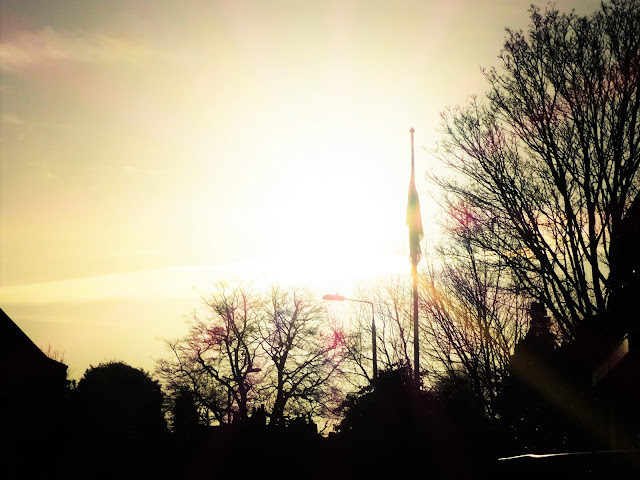I played truant from the Kirk on Sunday. The service was going to be a long one and I conversed with myself as to missing it, I agreed with myself, and then went over to the gardens for the car show.
The 'Pickup Truck' seen here is one of those things many worldwide long for. In the UK and much of Europe it means little, but the wide open spaces in such lands as the USA, New Zealand and Australia, saw a need among farmers and others for such vehicles.
The Ford Model 'T' was adapted as far back as 1917 into a 'pickup' and developed somewhat during the 1920s. However, as far as I can make out it was in 1940 when General Motors introduced the 'AK Series' that what we know as a 'Pickup truck' first appeared. Ford soon followed and a generation of young Americans saw the vehicle as their main aim. In the UK we still longed to afford a bike!
This one on show looked somewhat tarnished, but I bet the price to buy would be great.
The Ford Anglia. This car sits in my mind as representing the period when the UK found the modern world. No longer would cars all be black, nor would they be curved all round, instead the modern US styled fashion was here. A bright ne world existed and was to be cherished. Mind you, I was only 10 years old!
The 'Zodiac,' another example of the modern desire to copy the flash US cars of the late 1950s. Old people may remember these cars as fronting the revolutionary TV police programme called 'Z Cars.' Here, the modern police ran around in white Zodiacs catching criminals in a new manner and putting the world to rights. The series lasted for many years.
Personally I would prefer one of these. Ideal for us young bucks while running around during the summertime, especially down by the seaside. Of course I may be confusing US adverts and movies with a day under the Haar at Cramond beach, but you know what I mean.
I did not hang around long enough to discover who got prizes for the machines, but when I saw this 'Alvis' I gave it top prize. Of course I had not seen half the cars there at the time but this car looked what a car ought to be. Running boards over the wheel, huge headlights, bright radiator, and a wonderful wee mannie on the front.
The wee mannie...
While as a 10 year old I looked into the future of vehicle travel, now I look at this curved beauty and realise my mistake. US imitations are well enough but this 'Morris' had a quality that the flat air resistant cars of today lack. It may weigh a ton, be slow, and in todays world unsafe, but it looks like bit of class in comparison to cars today.
It is always difficult to beat a Jaguar, and this is a beauty! I think this is the 'D' Type, but I found nothing to confirm this as I pushed and shoved the fantasists of all ages dreaming of being John Surtees or Stirling Moss.
A roll bar added to the 1965 great, but nothing else. I would be scared to drive fast in this in case it rolled and scratched the paint. The car is too good to drive fast!
This may be more my 'cup of tea.' Slow, in danger of tumbling over at all times, and in danger of attack by 'Mr Bean!'
As always there are the bikes, with many a biker gathered together talking about bikes and boring everyone in the family around them. Fabulous set of bikes of past ages. I bet many of these men have a 'Honda' at home...
Situated in front of the war memorial is a vehicle from the 1950s. The 'Ferret Mk 2,' Built by 'Daimler' in 1948 and brought into service between 1952 -1971 the 5000 'Ferrets' were a scout car that saw service with the British Army and many other friendly nations. This one lives in the locale.
A different type of 'Daimler.'
A different type!
Entertainment of suitable vintage was available, and these two were very good indeed.
This is only a sample of the days 165 pictures.
I will put the rest on the Photo Page.






































.JPG)
.JPG)
.JPG)
.JPG)


